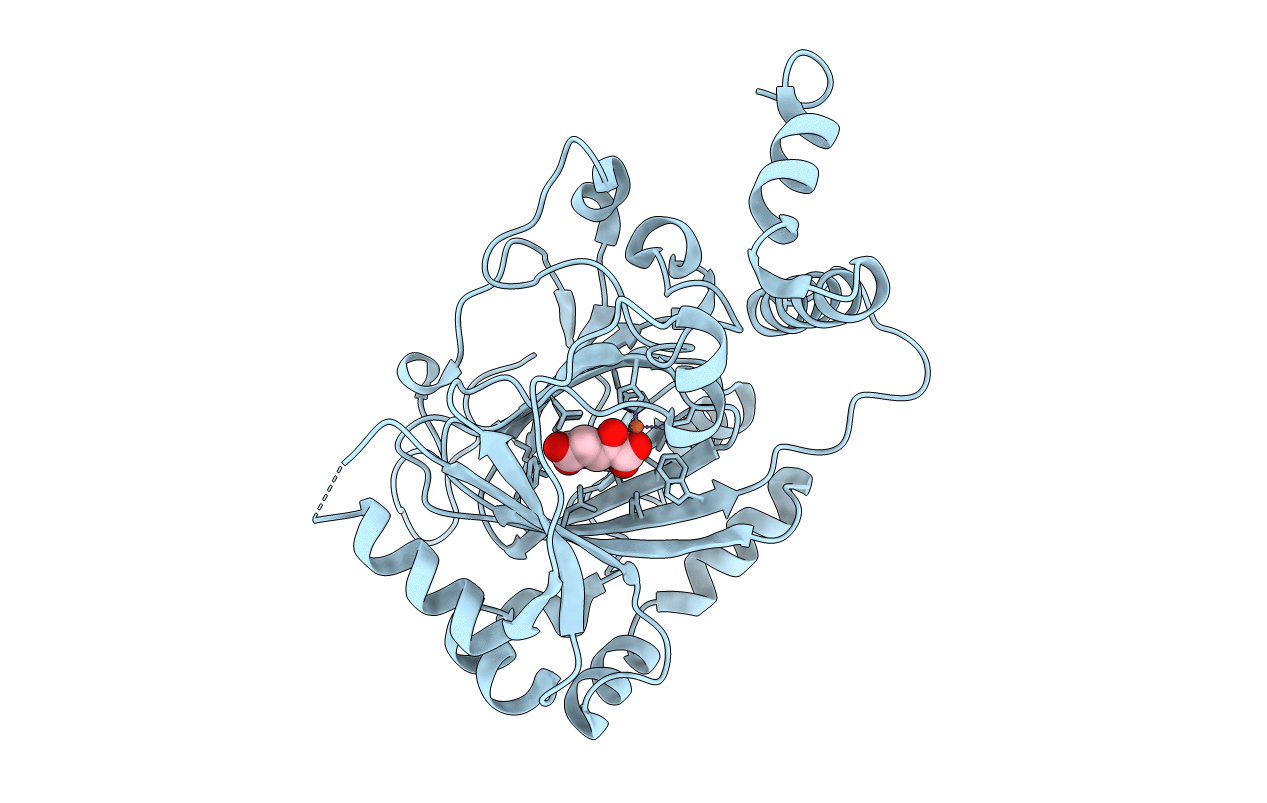
Deposition Date
2002-10-07
Release Date
2002-11-20
Last Version Date
2024-04-03
Entry Detail
PDB ID:
1MZF
Keywords:
Title:
Human Factor inhibiting HIF (FIH1) in Complex with 2-oxoglutarate
Biological Source:
Source Organism:
Homo sapiens (Taxon ID: 9606)
Host Organism:
Method Details:
Experimental Method:
Resolution:
2.40 Å
R-Value Free:
0.24
R-Value Work:
0.23
R-Value Observed:
0.23
Space Group:
P 41 21 2


